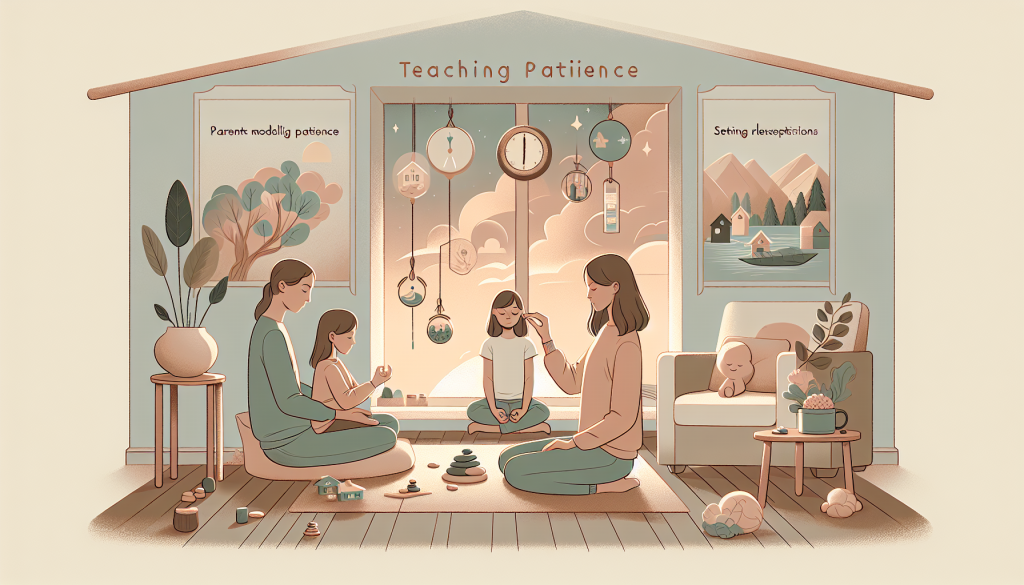How to Help Your Child Develop Patience
In today’s fast-paced world, helping your child develop patience can seem like an uphill battle. Yet, cultivating this essential skill is crucial for your child’s emotional regulation and overall well-being. Patience isn’t just about waiting; it’s about understanding, emotional control, and the ability to handle life’s challenges with grace. Developing patience in children can significantly impact their ability to learn, interact socially, and manage stress. So, how can parents effectively guide their children in this journey? Let’s explore some insights and strategies.
Main Points
Patience is a cornerstone of emotional regulation, and teaching it can begin with setting a good example. Children learn by observing and imitating adults around them. When parents demonstrate patience in their daily lives, children are more likely to emulate these behaviors. According to cognitive-behavioral therapy (CBT), our thoughts influence our feelings and behaviors. By helping children understand their thoughts and emotions, parents can guide them in developing patience.
Additionally, children’s psychological needs, such as the need for safety, autonomy, and self-expression, play a vital role in their ability to be patient. When these needs are met, children feel secure and are more likely to control their impulses. Research suggests that when children feel safe and understood, they are more willing to wait for desired outcomes and handle setbacks more effectively.
Practical Recommendations
- Model Patience: Show your child how you handle situations that require patience. Explain your thought process, and use language that highlights the benefits of waiting.
- Practice Mindfulness: Encourage your child to engage in mindfulness activities. Simple exercises, like deep breathing or counting to ten, can help them calm down and think before reacting.
- Set Realistic Expectations: Help your child understand what they can expect in different situations. Setting clear and achievable goals helps reduce frustration and builds patience.
- Positive Reinforcement: Praise your child when they demonstrate patience. Positive reinforcement strengthens desired behaviors and encourages repetition.
- Teach Problem-Solving Skills: Guide your child in finding solutions to problems. When children learn to solve problems, they feel more autonomous and are more willing to wait and work through challenges.
Conclusion
Helping your child develop patience is an invaluable investment in their future. By modeling patience, encouraging mindfulness, setting realistic expectations, and providing positive reinforcement, parents can significantly enhance their child’s emotional regulation skills. Not only does patience contribute to more harmonious family dynamics, but it also equips children with the tools they need to thrive in a complex world. Remember, the journey to patience is a marathon, not a sprint, and every step forward is a step towards a brighter future for your child.

